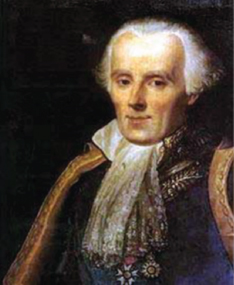6 Continuous Random Variables

French mathematician and astronomer. Apart from making key contributions to the early development of probability theory, he carried out pioneering work on calculus, but perhaps is known most of all for his ingenuous ideas in celestial mechanics. His five‐volume work Traité de mécanique céleste (published between 1799 and 1825) not only included everything known at his time about the movement of planets, but presented his own new methods for calculating the motions of the planets, determining the average distance of the planets from the earth, resolving tidal problems, and so on.
One of Laplace's major contributions to probability theory was the proof, in 1810, of the Central Limit Theorem, a celebrated result that will be discussed in Volume II of the present book. Among other things, this consolidated the importance of the normal distribution as a theoretical tool in probability and statistics.
In 1812, he introduced a multitude of new ideas and mathematical techniques in his book Théorie Analytique des Probabilités. Before Laplace, probability theory was solely concerned with developing a mathematical analysis for problems related to games of chance. Laplace applied probabilistic ideas to many scientific and practical problems. Astronomy, statistical mechanics, ...
Get Introduction to Probability. now with the O’Reilly learning platform.
O’Reilly members experience books, live events, courses curated by job role, and more from O’Reilly and nearly 200 top publishers.

